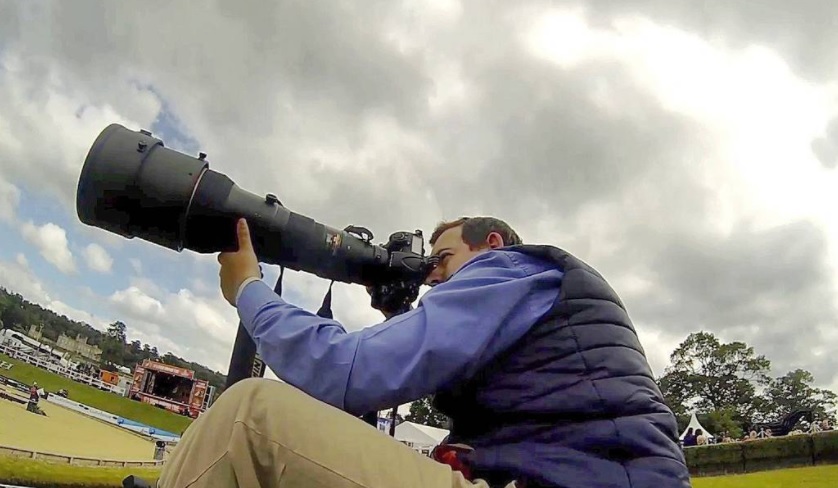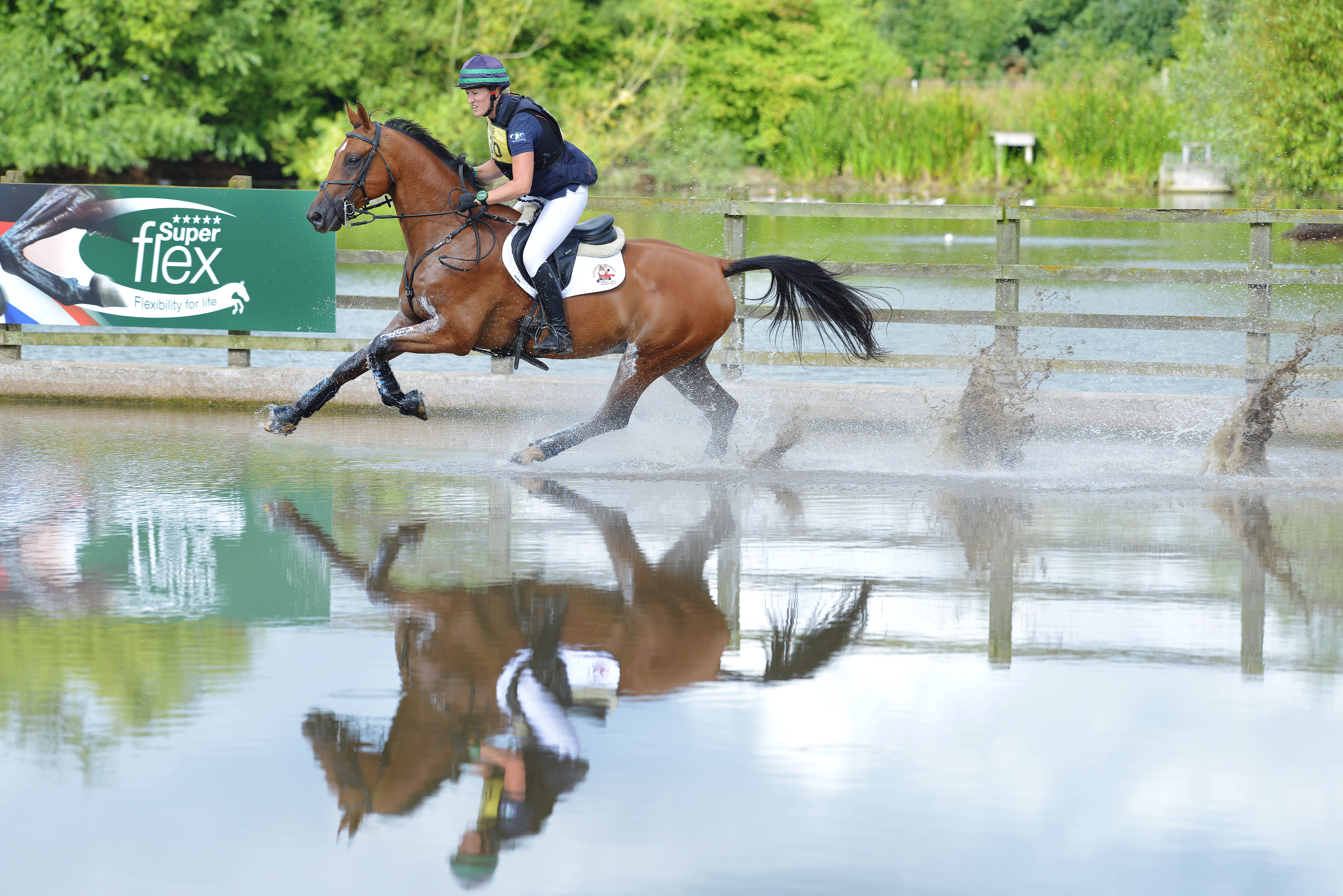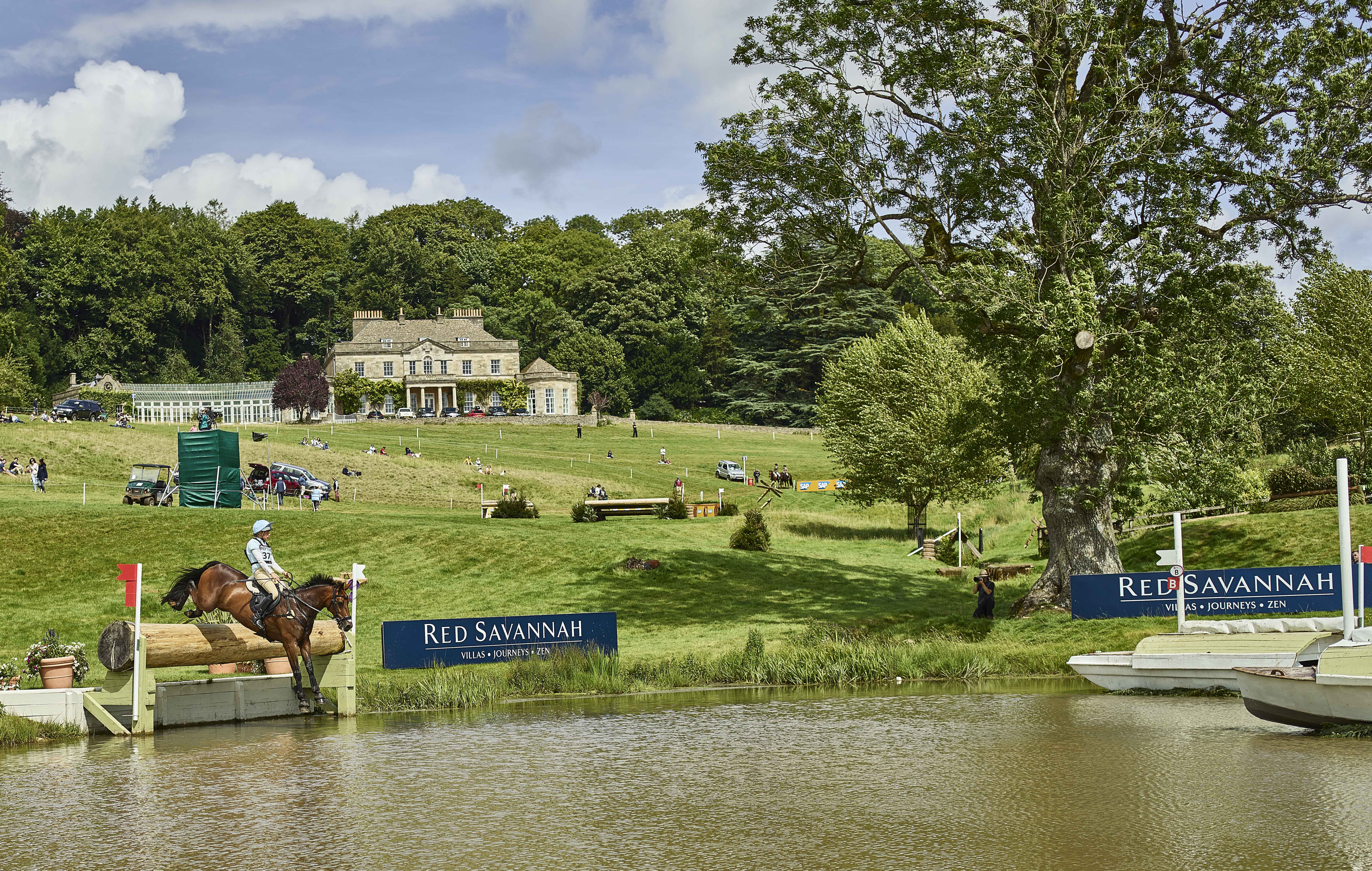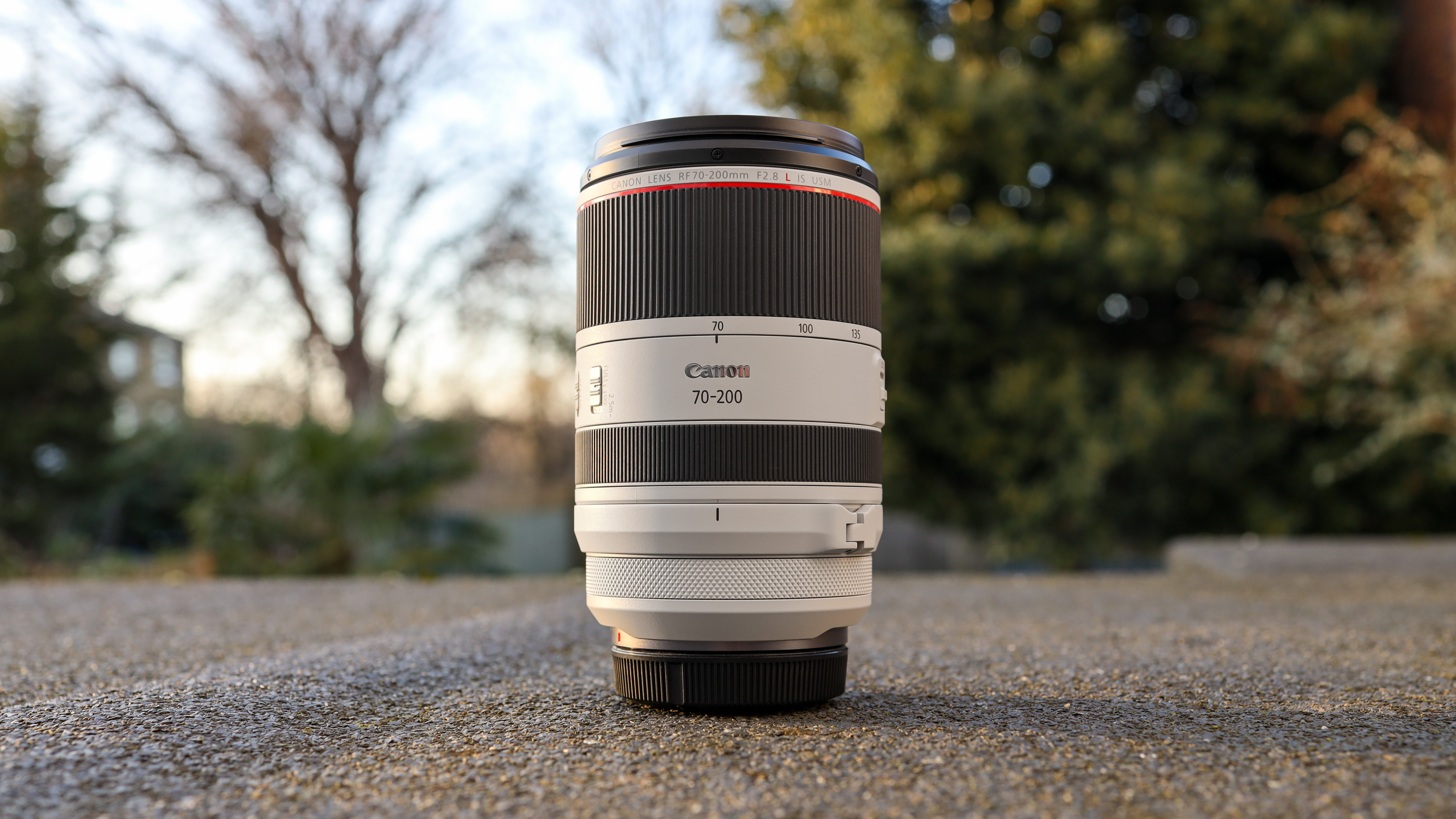
I'm sure you've all clicked the headline ready to roast me. Maybe to say what the heck am I talking about, as you have been using image stabilization or vibration reduction for years and it saved your images.
But in nearly 20 years of being a pro sports photographer, I have not once used IS or VR on any of my lenses – be that 28mm up to my 600mm f/4. And throughout my career I photographed horses going 30mph across all terrains, in all weather conditions, all around the world.
Now, I'm not going to say that I'm a better photographer than anyone who was and is using image stabilization on their lenses. I used a monopod for most of my shots above 400mm, and yes I did handhold everything from 300mm and below. But what made me not use IS / VR was that it limited my ability to capture motion.

That might sound like an ironic message, when stabilization is meant to enable you to take images at lower shutter speeds and capture motion. But when I was taking images nearly 20 years ago, Nikon's VR was rubbish. I recall activating it on my Nikkor 70-200mm and doing a quick pan, and the VR motor would move so much that it could not keep up with my own movement to capture a solid image.
I also used Canon's IS system on its 400mm lens back in the day (when I debated switching systems) and still, that would not be able to nail a secure image when I would swing with the movement of the horse – even with a little motion when the IS was set, it just would not work for me at all.
Of course, I will admit that image stabilization has got a lot better than the early days when it arrived on pro-grade lenses – and I was shooting way before in-body image stabilization was even a thing!

So turning IS / VR off taught me that I needed to be still, steady and control my breathing – especially if I was shooting my 600mm f/4 at 1/200 sec. While this all might sound rather dated in today's world of modern tech, it did teach me a lot about lens technique, body movement and how it can affect the overall image.
One thing that I always hate to hear is how many stops of stabilization the latest and greatest lens has. Think about some of the best sports photographs you've seen from the likes of Chris Smith, Nick Walker, Leo Mason or Mark Sutton – these guys didn't have IS / VR back in the day, they had a bean bag at best or a strong arm!
There is something to be said for a good handheld technique that can save you if you're in a pinch. So after nearly reaching that 20-year mark, I have still to this day never used stabilization in my professional career. I'm quite possibly a bit "old hat" about it, but I'm certain that I don't need it – and I bet some of you would be better without it, too.

You might be interested in the best lenses for sports photography – and the best cameras for sports photography, too.







